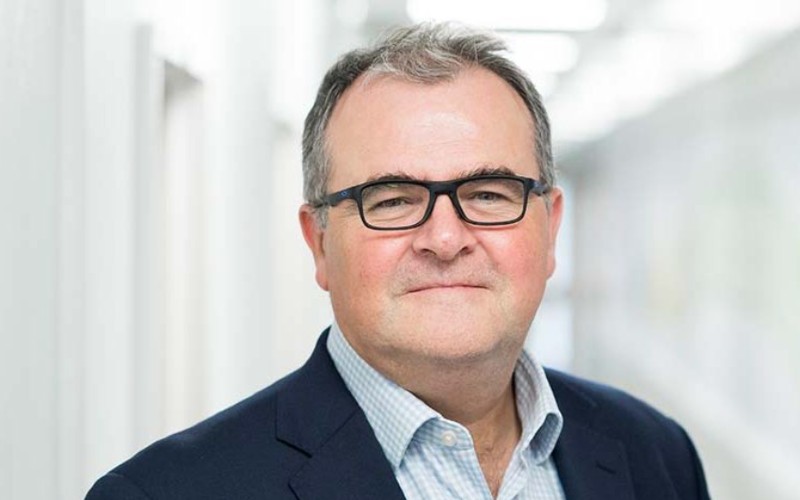Manchester-based Nanoco has announced it’s now closer to commercial production than at any time in its history.
In a trading update on Tuesday, the London Stock Exchange-listed Nanoco Group said it was in the strongest financial position since its inception.
The University of Manchester spin-out develops cadmium-free quantum dots and other specific nanomaterials used in the manufacture of monitors and TV screens. It has production facilities in Runcorn.
The company, which recently won a protracted $150m IP litigation case with electronics giant Samsung, is preparing to transition from R&D to become a commercial producer of scale.
Brian Tenner, chief executive of Nanoco, said: “Over the last year we have made significant progress, taking Nanoco to its current inflection point.
“Consistent feedback from the European customer supports the expectation of commercial production by the end of this calendar year.
“This transition from an R&D first mover to a commercial producer of scale is underpinned by the litigation proceeds and our validated IP for which we are actively pursuing further monetisation opportunities.’
Dr Christopher Richards, non-executive chairman of Nanoco, said: “Nanoco’s experienced board are firmly focused on delivering value for all shareholders.
“The litigation proceeds allow us to drive the organic business forward while underpinning our firm commitment to return up to £40m of cash to shareholders in early 2024.
“In addition to last year’s commercial progress, we committed to assess the option to appoint a further non-executive director to the board, based on business needs.”
On Tuesday the company provided an upbeat trading update ahead of the announcement of its final results for the year to July 31, 2023, which will be released in October 2023.
Nanoco reported revenues had increased to £5.6m, more than double the 2022 figure.
Nanoco was founded in 2001 and is headquartered in Manchester, with a US subsidiary, Nanoco Inc, in Concord, Massachusetts.


